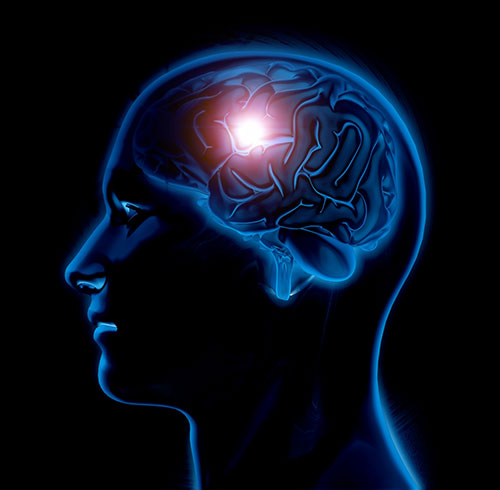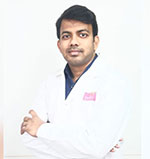Neurosurgery – Neuroendoscopy – Neuronavigation
Neurosurgery – Where Are We Headed?
The human brain with all its infinite potential and complex structure is the ultimate crown jewel of evolution. It is our most prized possession and ultimately defines who we are. Diagnosing and managing brain pathology has always been a challenge but we are well-equipped to handle them now than at any other time in recent history.
I would like to begin with a short quote from Albert Einstein – “Make everything as simple as possible but not simpler.” I will try to stick to the basic stuff and avoid medical jargon as much as possible.

On a lighter note, throughout my childhood, I grew up watching a lot of movies. In tragic movies, giving the protagonist character a tumour in the brain was one of the popular choices the director had in eliminating him. We have come a long way from that grim portrayal of brain tumours. We are fortunate to live in this era of technological advances which when combined with a much better understanding of the brain anatomy and function has revolutionised the field of neurosurgery. Complete cure in a good proportion of brain tumours is a reality and a good quality of life is possible in many of the high-grade lesions. I can go as far as to say that being a neurosurgeon in the current era is much more satisfying than, say, even two decades ago.
Thanks to the advances in optics and illumination, today’s neurosurgery is armed with massive operating microscopes (weighing over half a ton) which give us clear three dimensional highly magnified images (20 to 30 times or even more) of the brain during surgery (now combined with robotic visualisation techniques and integrated virtual reality). Fluorescence-guided surgery (tumour tissue glows up under the scope) helps in removing only the diseased tissue with high levels of precision.
Neuroendoscopy makes minimally invasive surgery possible in many cases depending on the location and nature of the lesion. Neuronavigation systems (more like a miniature GPS on the brain) allow us to integrate high-quality MRI images with live surgical tracking down to sub-millimetre accuracy.
The breakthroughs in the technology of intraoperative neuromonitoring help us preserve vital white matter tracts and nerves in a way that has never been possible before. Widespread developments in neuroanesthesia have made awake craniotomies very safe (where brain surgery is performed in a comfortable and conscious patient who converses with the surgeon during the procedure) and they have become a common norm for lesions around eloquent regions of the brain.
The raison d’être for this article is to create awareness about brain tumour symptomatology so that patients get diagnosed and treated at an early stage.
Symptoms often vary with the location and nature of the lesions. The parts of the brain are cerebrum (forebrain), cerebellum (hind-brain) and brainstem (midbrain, pons and medulla which continues down as spinal cord).
One of the most common symptoms is a headache. But not all headaches need to be investigated with imaging. Most of us get tension headaches once in a while as we exhaust ourselves through the day. The other subset is migraines which are manageable with medication. But headaches that occur early in the morning with associated symptoms of nausea, vomiting, visual blurring and double vision, need to be investigated.
Seizures or fits, especially when it occurs for the first time in adulthood, warrant detailed evaluation.
Progressive weakness of the limbs can be due to lesions in the brain or spine.
Pathology in the cerebellum and brainstem can cause gait unsteadiness, double vision and sudden occurrence of strabismus (abnormal alignment of the eyes).
Blurring of vision, hormonal disturbances (abnormally increased frequency of urination especially during the night-time), severe facial pain or weakness, hearing loss, persistent ringing noises in the ears, difficulty swallowing, recent onset hoarseness of voice which persists for weeks, etc. are some of the other symptoms which will need a neurosurgical consult and evaluation.
The stigmatisation of brain tumours in the past as a gloomy area in medical science is highly unfair and in fact very far from the truth. Widespread awareness about the advanced treatment modalities and cures available will go a long way in removing the fear of brain tumours and also aid in early diagnosis resulting in the best possible outcome for the patients.

Dr. Arunkumar
Associate Consultant – Neurosurgery
Kauvery Hospital, Chennai

